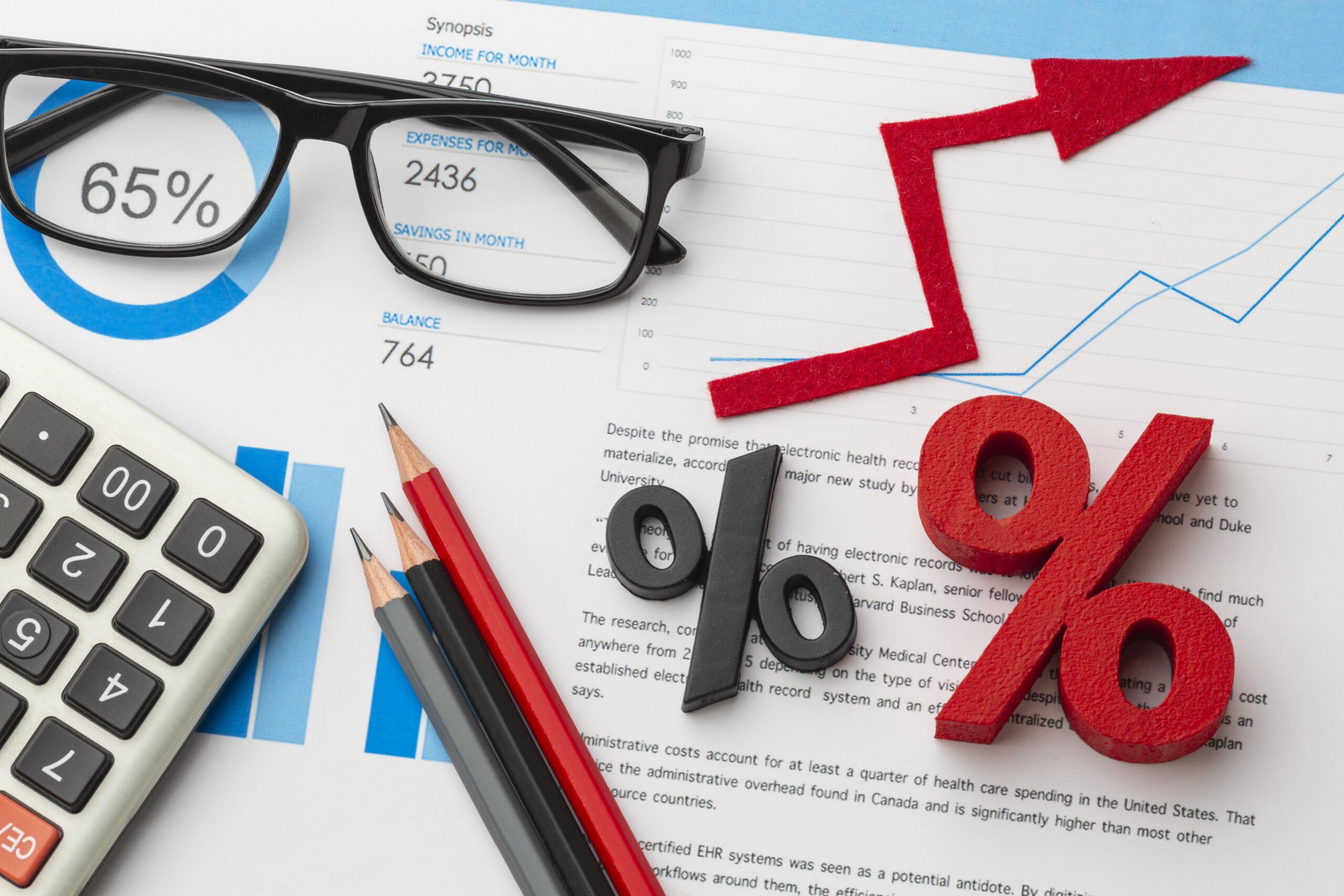
When you hear the term shares, you might picture the stock market with its flashing numbers and fast-paced trading. But at its core, a share is simply a small piece of ownership in a company. Think of it like owning a slice of your favourite pizza – the more slices you have, the bigger your share in the pizza. Similarly, the more shares you own in a company, the larger your stake in that business.
What Does This Mean?
When you buy shares in a company, you are essentially becoming a part-owner of that company. Companies list their shares on a stock exchange like the Australian Securities Exchange (ASX), and by purchasing, you buy a small piece of the business.
Owning shares can give you a voice in the company’s decisions, especially if you own a significant portion. However, most people invest not just for the voting rights, but for the potential to make money as the company grows. The goal is for your shares to increase in value over time, but also to earn income if the company chooses to pay dividends.
Why Do People Buy Shares?
The reason boils down to two things: potential growth in share value and dividend payments.
1. Price Growth
When you buy shares, you are hoping the company will grow over time, which typically leads to an increase in the price of those shares. If you bought shares at $10 and they increase to $15, you could sell them for a profit of $5 per share. Many people buy with the goal of selling them later at a higher price. This is known as capital gain. As the company grows and succeeds, so does the value of your investment.
2. Dividends
Dividends are another way to earn money from shares. Some companies pay out part of their profits to shareholders in the form of dividends, usually a fixed amount per share. For example, if you own 100 shares of a company that pays $1 per share in dividends, you’d receive $100. These payments usually come twice a year, but not all companies pay dividends, especially if they’re focusing on reinvesting their profits back into the business.
Investors interested in regular income from their investments might prefer stocks that pay dividends. However, this isn’t always a guarantee, and younger companies might not pay dividends in order to focus on growing the business.
In essence, shares offer two ways to make money: from rising prices (capital growth) and from dividends (income).
The Risks of Investing in Shares
Like all investments, buying shares comes with its risks. The most obvious risk is that the value of your shares can fall as well as rise. This means that if you sell when prices are lower than when you bought them, you could lose money.
The value of shares fluctuates based on the performance of the company, broader market conditions, and even external factors like economic downturns or changes in government policy. In the worst-case scenario, if a company goes bankrupt, its shares can become worthless.
While losses are a possibility, the key is diversification. Instead of investing all your money in one company, you spread your risk by investing in a range of companies or even in exchange-traded funds (ETFs). This helps reduce the impact of any single company’s poor performance on your overall portfolio.
How to Get Started
Now that you have a basic understanding of shares, you might be wondering how to get started. The process is straightforward, and you can start investing in no time.
1. Choose a Broker
The first step is to open a brokerage account. A broker is the intermediary that allows you to buy and sell shares. In Australia, you can find plenty of online brokers that make it easy to manage your investments. Look for a broker with low fees, an easy-to-use platform, and good customer support. Some brokers charge a flat fee for each transaction, while others might charge a percentage.
2. Open Your Account
Once you’ve chosen a broker, you’ll need to open an account. This usually involves providing some personal details and linking your bank account. Don’t worry, it’s all quite simple and can be done online. After your account is set up, you can deposit money into it. You don’t need a lot of money to get started – some platforms allow you to invest with just $100 or so.
3. Make Your First Purchase
Once your account is ready and funded, you can start purchasing shares. The broker’s platform will let you search for a company’s shares by their ticker symbol (a short code used to identify the company’s shares). After selecting the company, you’ll choose how many shares to buy and complete your purchase. You can buy full shares or even partial shares, depending on the platform.
4. Monitor and Learn
After your purchase, it’s time to sit back and monitor how your shares are doing. While it’s tempting to check the prices regularly, keep in mind that the stock market can be volatile in the short term. Many investors choose to take a long-term approach, holding onto their shares for several years and riding out the fluctuations. Over time, you can also explore other companies to invest in and diversify your portfolio to manage risk.
Conclusion
Shares are a way to invest in the growth of companies and potentially earn both capital growth and dividends. They can be a rewarding investment, but like all investments, they come with some risk. By choosing a reputable broker, starting small, and keeping a long-term perspective, you can begin your journey into share investing with confidence. Remember, it’s always a good idea to do your research and diversify your investments to reduce risk and increase the potential for returns.
Any advice is general in nature only and has been prepared without considering your needs, objectives or financial situation. Before acting on it, you should consider its appropriateness for you, having regard to those factors. Before making any decision about whether to acquire a financial product, you should obtain the Product Disclosure Statement.
Latest News Articles
Back to Latest News
RBA Holds Rates Steady as Signs of Cooling Emerge

Budgeting on a Rollercoaster Tradie Income


